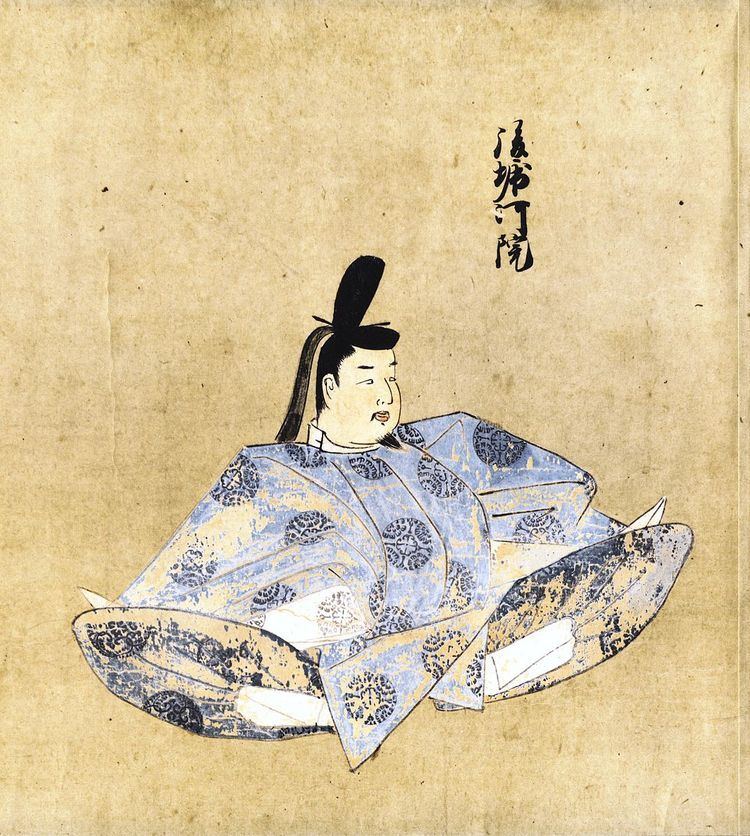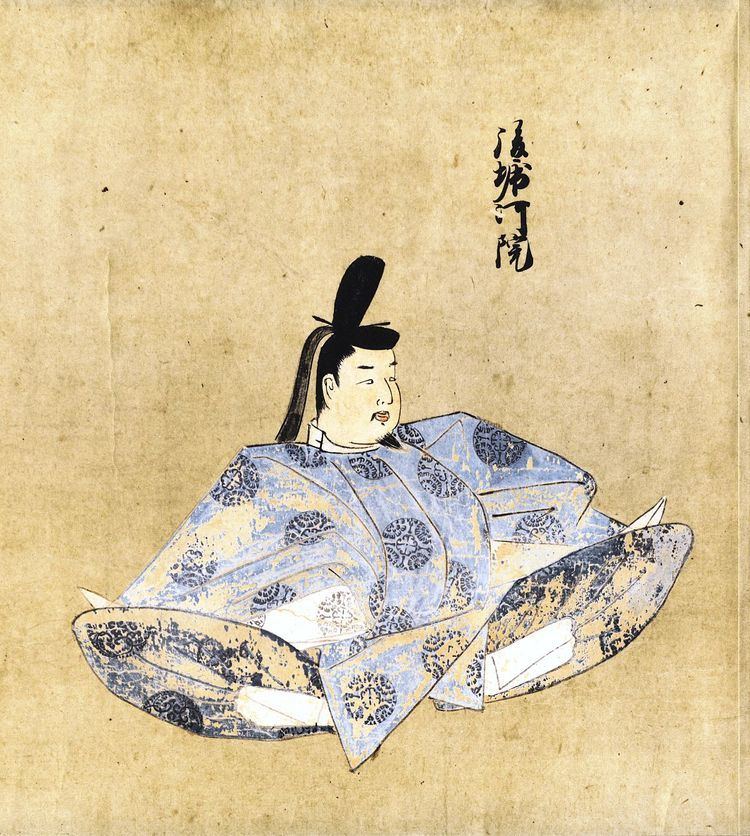Predecessor Chukyo Died August 31, 1234 Role Sovereign | Name Emperor Go-Horikawa Successor Shijo | |
 | ||
Burial Kannon-ji no Misasagi (Kyoto) Children Emperor Shijo, Akiko-naishinno Parents Jimyoin Chinshi, Morisada-shinno Grandparents Empress Dowager Shichijo-in Similar People Emperor Shijo, Emperor Go‑Kameyama, Empress Go‑Sakuramachi, Emperor Reigen | ||
Emperor Go-Horikawa (後堀河天皇, Go-Horikawa-tennō) (March 22, 1212 – August 31, 1234) was the 86th emperor of Japan, according to the traditional order of succession. This reign spanned the years from 1221 through 1232.
Contents

This 13th-century sovereign was named after the 10th-century Emperor Horikawa and go- (後), translates literally as "later"; and thus, he is sometimes called the "Later Emperor Horikawa". The Japanese word go has also been translated to mean the "second one;" and in some older sources, this emperor may be identified as "Horikawa, the second," or as "Horikawa II."
Genealogy
Before his ascension to the Chrysanthemum Throne, his personal name (his imina) was Yutahito-shinnō (茂仁親王), also known as Motsihito-shinnō. The third son of Imperial Prince Morisada (守貞親王) (Go-Takakura-in, 後高倉院), the second son of Emperor Takakura
Events of Go-Horikawa's life
In 1221, because of the Jōkyū Incident, an unsuccessful attempt by Emperor Go-Toba to seize real power, the Kamakura shogunate completely excluded those of the imperial family descended from Emperor Go-Toba from the Chrysanthemum throne, thus forcing Emperor Chūkyō to abdicate. After the Genpei War, he, as the grandson of the late Emperor Takakura, who was also a nephew of the then-exiled Retired Emperor Go-Toba, and Chūkyō's first cousin, was enthroned as Go-Horikawa. He ruled from July 29, 1221 to October 26 (?), 1232.
As Go-Horikawa was only ten-years-old at this time, his father Imperial Prince Morisada acted as cloistered emperor under the name Go-Takakura-in.
In 1232, he began his own cloistered rule, abdicating to his 1-year-old son, Emperor Shijō. However, he had a weak constitution, and his cloistered rule lasted just under two years before he died.
Emperor Go-Horikawa's Imperial tomb (misasagi) is at Sennyū-ji in the Nochi no Tsukinowa no Higashiyama no misasagi (後月輪東山陵).
Kugyō
Kugyō (公卿) is a collective term for the very few most powerful men attached to the court of the Emperor of Japan in pre-Meiji eras.
In general, this elite group included only three to four men at a time. These were hereditary courtiers whose experience and background would have brought them to the pinnacle of a life's career. During Go-Horikawa's reign, this apex of the Daijō-kan included:
Eras of Go-Horikawa's reign
The years of Go-Horikawa's reign are more specifically identified by more than one era name or nengō.
